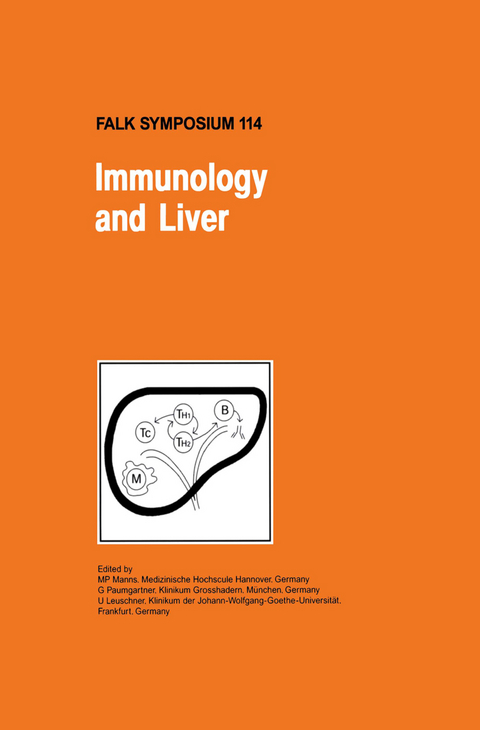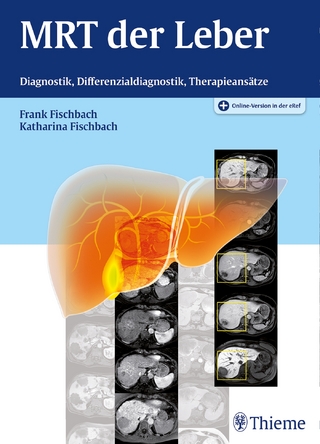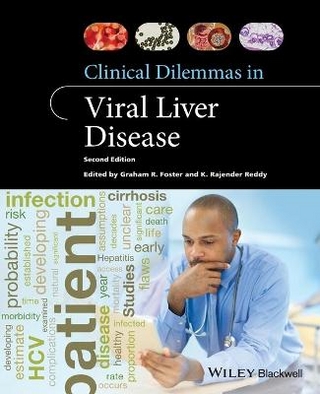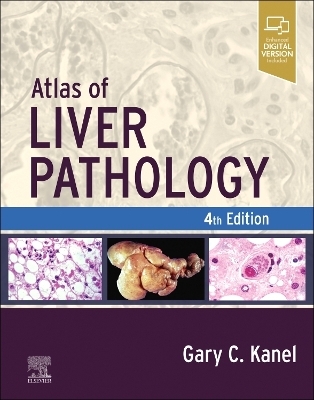
Immunology and Liver
Springer (Verlag)
978-0-7923-8759-6 (ISBN)
Concerning the therapy of autoimmune liver diseases, corticosteroids and azathioprin remain the state of the art for autoimmune hepatitis, while bile acids have become well established in treatment of primary biliary cirrhosis as wellas primary sclerosing cholangitis. New drugs in the future will include topical steroids such as budesonide and new immunosuppressive agents like mofetil/mycophenolate. Liver transplantation is the treatment of choice for end stage liver diseases; all autoimmune liver diseases are among the best candidates for liver transplantation. Hopefully, new therapeutic strategies based on the results obtained from experimental models will become everyday clinical practice in the next decade. Therefore this symposium concludes with a discussion.
Section I: Basic Mechanisms of Autoimmunity.- 1 Autoimmunity and autoaggression.- 2 Autoantibodies to insulin-like growth factor II mRNA-binding proteins in hepatocellular carcinoma.- 3 Migration of microsomal autoantigens to the hepatocyte plasma membrane.- 4 Caspase-10 mutations in the autoimmune lymphoproliferative syndrome type II.- 5 Mechanisms of virus-induced autoimmune disease.- Section II: Definition and Spectrum of Autoimmune Hepatitis.- 6 Definition and classification of autoimmune hepatitis 1999.- 7 Autoimmune hepatitis in Asia.- 8 Autoimmune hepatitis in South America.- 9 Autoimmune hepatitis in children.- 10 Hepatitis in the polyendocrine syndrome type I.- Section III: Pathogenesis of Autoimmune Liver Diseases.- 11 Genetics of autoimmune liver disease.- 12 The role of T cells in autoimmune hepatitis.- 13‘ ANCA in liver diseases’.- 14 Reactivity of autoimmune hepatitis sera with glutathione S-transferase.- Section IV: Drug and Hepatitis Virus Induced Autoimmunity.- 15 The cytochrome P450 supergene family: genetic organization and function.- 16 Uridine diphosphate 5’-glucuronosyltransferases (UGT): genetic organization and function.- 17 Allergic and autoimmune reactions to xenobiotics: how do they evolve?.- 18 Immune (T cell) response in viral hepatitis.- 19 Autoimmune response in hepatitis C and D.- Section V: Primary Biliary Cirrhosis, Primary Sclerosing Cholangitis and Overlap Syndromes.- 20 Histological classification of autoimmune cholestatic liver diseases.- 21 Clues to the aetiology of primary biliary cirrhosis.- 22 Nuclear protein antigens in primary biliary cirrhosis.- 23 Thoughts on the infectious aetiology of primary biliary cirrhosis.- 24 Primary sclerosing cholangitis as an autoimmune disease: pros and cons.- 25 Overlap syndromes andchanging diagnoses.- 26 Autoimmune liver disease and malignancy.- Section VI: Therapy of Autoimmune Liver Diseases - State of The Art.- 27 Therapy of autoimmune diseases - state of the art.- 28 Therapy of primary biliary cirrhosis.- 29 Therapy of primary sclerosing cholangitis.- 30 New steroids and new immunosuppressive drugs in autoimmune liver disease.- 31 Transplantation for autoimmune liver disease.- Section VII: Therapy of Autoimmune Liver Diseases - The Future.- 32 T cell vaccination as potential therapy for autoimmune hepatitis.- 33 Gene therapy for autoimmune diseases.
| Erscheint lt. Verlag | 31.8.2000 |
|---|---|
| Reihe/Serie | Falk Symposium ; 114 |
| Zusatzinfo | XI, 400 p. |
| Verlagsort | Dordrecht |
| Sprache | englisch |
| Maße | 155 x 235 mm |
| Themenwelt | Medizinische Fachgebiete ► Innere Medizin ► Hepatologie |
| ISBN-10 | 0-7923-8759-7 / 0792387597 |
| ISBN-13 | 978-0-7923-8759-6 / 9780792387596 |
| Zustand | Neuware |
| Haben Sie eine Frage zum Produkt? |
aus dem Bereich


